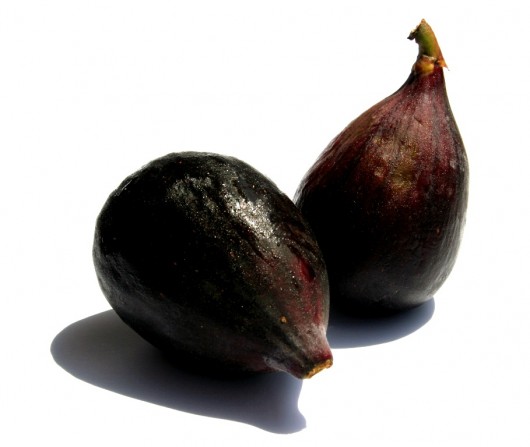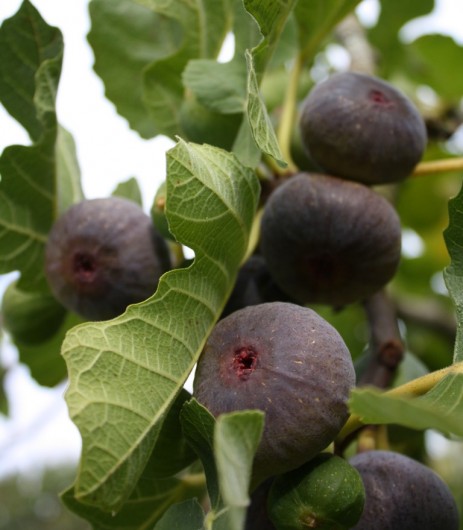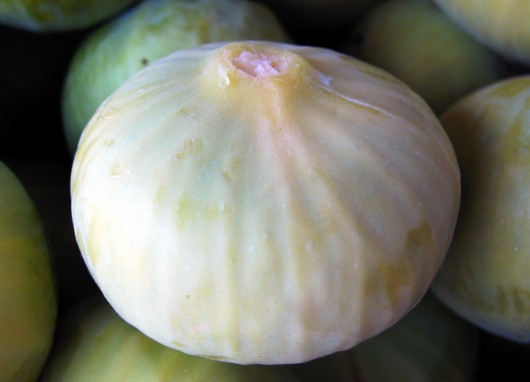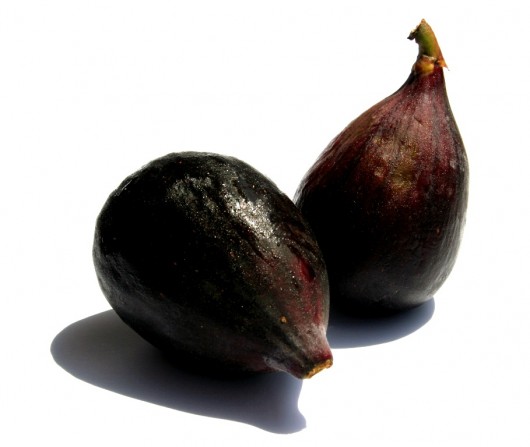Figs are one of humankind’s most ancient food sources. They are a member of the mulberry family and originated in northern Asia Minor. Because people have been using the fig for so long, it’s possible that our body chemistries have co-adapted and attuned to the amazing variety of nutrients packed into these sweet and luscious fruits. That’s part of the reason that eating figs and drinking fig juice is one of the healthiest and best possible choices for providing our body with what it needs most.
Delivering the vitamin-mineral rich compound of the fig to your body by drinking it as a juice is an exceptional way to gain the nutrition load of this fruit. It’s also high in fiber, making it an excellent digestive regulator. Fig juice has a definite but gentle laxative effect.

Calcium and Potassium Content
Fig juice is especially beneficial for women because it has significant calcium and potassium content which helps build bone density, and this reduces the amount of dairy products people need to take in to get the natural calcium. The more dairy one replaces with low-fat fruits juices, such as fig juice, the less fat and cholesterol one takes in while still getting calcium.
Fig Juice As A Mild Sleep Aid
Fig juice is one of the best possible beverages you can drink in the evening, or even right before bed. It contains tryptophan which is one of the 20 basic amino acids, but which is also well known to be a natural sleep inducer. Tryptophan has proven so effective in aiding sleep, the substance has been isolated and concentrated for use in sleeping pills. But the good thing about getting tryptophan from fig juice is that you don’t get an unnaturally large dose as you do from pills. Rather, you get a gentle boost toward a restful night’s sleep. with no “sleeping pill hangover.” Combine this with the fact that fig juice has a mild laxative effect, you’ll not only sleep better, but wake up ready to easier more natural bowel movements – you be rested and energized for an active day!
Health Benefits Of Fig Juice Are Also A Result Of An Array Of Amazing Acids
The essential nutritional acid content of fig juice is nothing short of amazing. It contains gallic acid, chlorogenic acid, sryingic acid, catechin, epicatechin and rutin. Gallic acid is well known to have antifungal and antiviral properties and has been shown to have cytoxicity against cancer cells. Chlorogenic acid is a powerful antioxidant and releases glucose into the blood stream, which also naturally balances insulin levels, making this excellent for diabetics. Rutin is an acid that is sometimes called Vitamin P, although it is not technically a vitamin. This has been shown to improve blood circulation, have anti-inflammatory effects and may be able to prevent varicose veins because of its mild blood thinning actions.
Fig Juice Is A Natural Body Builder
Keep in mind that figs and fig juice is very rich in carbohydrates and natural sugars. If you are on a low-carb diet, fig juice may load a few more carbs than you want. On the other hand, a serving of fig juice has 250 kcals of energy. Those who drink fig juice tend to experience an immediate energy boost, and thus are prompted to exercise more and burn off more calories. You’ll get more carbs, but you’ll burn them off faster. The high glucose content of fig juice helps fuel the muscles during a workout routine. That, combined with the three grams of protein you get from a serving of fig juice, makes it perhaps one of the best natural workout, muscle building and body building natural foods. Forget all of those artificially concocted muscle building energy drinks designed for body builders and athletes – fig juice is the real deal straight from Mother Nature!

A Host Of Other Health Benefits Of Fig Juice
There are a variety of other benefits associated with fig juice. A short list is:
- soother of bronchial passages,
- reduces risk of breast cancer,
- may be a complete cure for hemorrhoids,
- natural regulator of blood pressure and more.
What Kind Of Fig Juice Should You Buy?
Because figs are natural to Mideast countries such as Turkey, India, Israel, and Arab countries, many people prefer to buy fig juice products imported from these sources. Strive to select only fig juice brands that are certified organic, and not produced with pesticides, herbicides and artificial fertilizers. You don’t want to counter the natural healthy ingredients of fig juice by possibly getting traces of harmful chemicals with your product.
Making Your Own Homemade Fig Juice
Remember that you may also want to try your hand at making your own fig juice using a juicer, food processor or a blender. It’s easy to do, and your homemade fig juice will be the freshest of the fresh, contain fiber-rich pulp and a truckload of nutritional energy. Just browse our site and look for some fig juice recipes the will help you get all the health benefits of fig juice.



